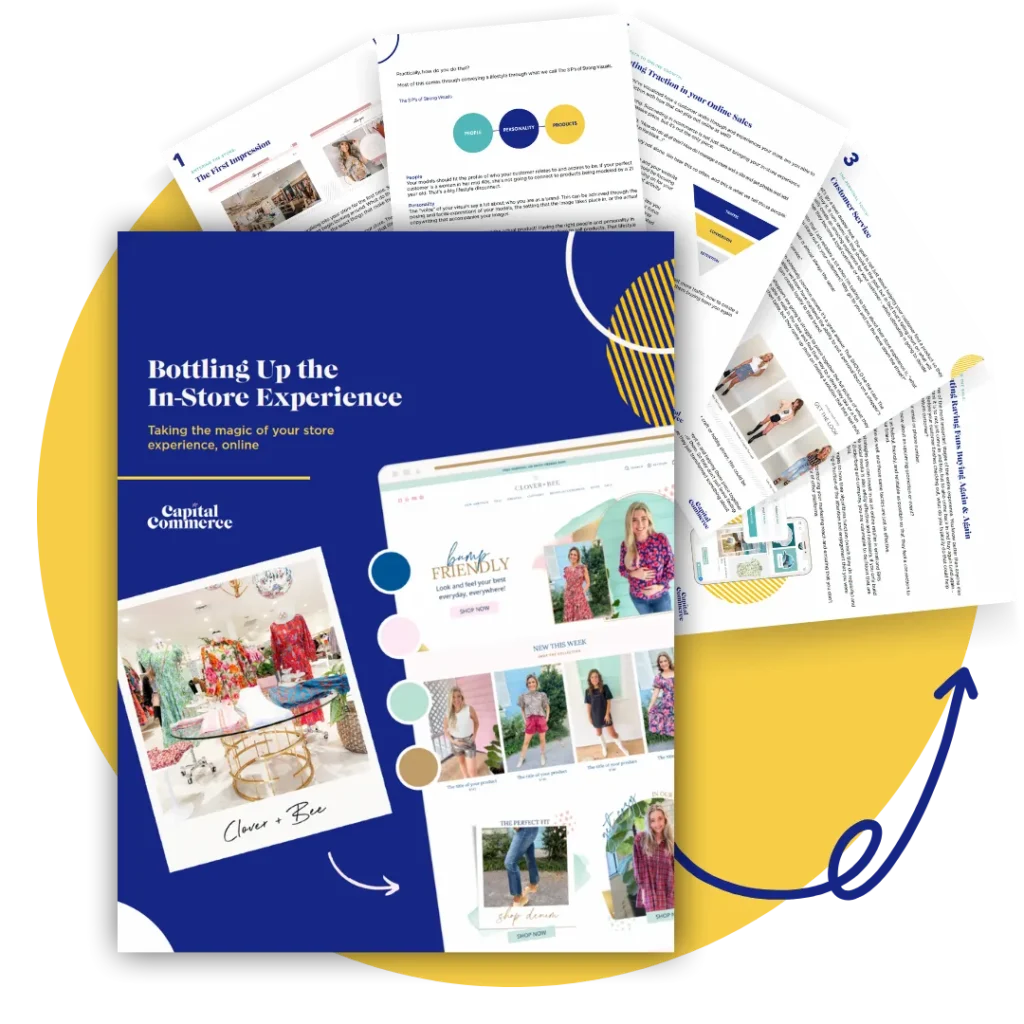An Introduction. Why do predictions?
2017 was a year of constant change for independent retailers. This isn’t new; retail has seen constant change for as long as I can remember. On the other hand, some pieces of retail don’t seem to change at all. The medium changes, but the heart of retail remains steady. For all the talk of the retail apocalypse, 2017 was an amazing year for many retailers and we saw more growth in holiday-related sales than at any time in recent memory.
For 2018, we see some trends that we think are going to continue and possibly some new trends that may surface. With so much changing, we’d love to offer our two cents about where we see the retail landscape going. This is our best attempt at predicting the future. Our approach will be unique because we want to offer seemingly contradictory predictions that we believe are both keys to success for independent retailers in 2018.
There are all sorts of lists out there that offer their predictions for the coming year. We like lists like this and they’ve been used to help our organization know where to tide is moving and prepare year by year. However, we also see that a lot of these predictions contradict each other. Some say “Go online or you’ll lose your business” and someone else says “Focus on your store, the experience is what matters”. How are we to know what to listen to? At the end of the day, it’s more complicated than a list like this lets on. What we’ve seen is that they are both right. Two facts that contradict each other can actually be mutually exclusive and we can heed the advice of both.
For our predictions, we’re going to take a slightly different approach. Over the next few months, we’ll come out with a part in our “Retail in 2018” series with two contradictory statements and what they mean for independent retailers.
Omnichannel will be an assumption, but retailers that master one channel will thrive
Omnichannel will be an assumption for customers in 2018. This means that you’ll stop hearing “can I buy this online” and instead a customer might say “I went to your website, but couldn’t find it”. For retailers of all size, consumers are now using online stores for both an understanding of what to expect in-store and to complete a purchase of an item they were thinking about buying in-store. Customers will now engage your online and in-store sales channels as one experience, rather than approaching them as separate.
Consumers want you online, but the goal to be truly “omnichannel” will become irrelevant. Retailers that have sought to be literally everywhere are seeing that efforts can only go so far.
Retailers that master one (or sometimes 2-3) channel(s) will thrive in the 2018 market. What does this mean? We aren’t saying that you can’t grow the number of sales channels, yet in order to thrive, you will need to work extremely hard on the ones that fit your business best.
In the last two years, we’ve heard the word omnichannel thrown around more than we would care to have heard, but the truth is that many independent retailers aren’t doing a particularly great job with the sales channels they have, much less finding success in adding new channels. For all the talk about “experience”, many retailers still aren’t creating a unique experience that combines great customer service with something unique that makes you stand out.
In most instances, being everywhere isn’t what is most important, being in one channel and owning it is going to be key. This doesn’t mean you won’t ever utilize that channel, it means that you will perfect your existing channels first. Warby Parker has made a beautiful transition to brick and mortar retail after perfecting their eCommerce experience. Even as they transitioned to brick and mortar, they started with pop-ups that allowed them to test how their brand might be engaged by their customers. Once they opened their first store, they were able to offer something unique that fit their brand from day one.
How do these co-exist?
To combine these thoughts, we know that having an online presence is essential for retailers, but mastering your primary sales channel is your first priority. We’re not saying to perfect your brick and mortar site and not have eCommerce presence, in fact, we believe the opposite, we are saying that the bulk of your energy should be spent building up your primary sales channel and having a minimum viable product for everything else.
If you have no online presence that gives your customers the ability to engage your brand from home (or, more importantly, their phones!) then this should be the year. Two things you should note: ensure your eCommerce is integrated with your inventory control solution to prevent duplicate entry, and focus on understanding the strengths of your business and ensuring your new eCommerce store communicates your brand and competitive advantages well.
As you examine your sales channels, evaluate which ones fit your brand the best and what has been driving revenue. Once identified, focus your energy on what will drive the most revenue and give you the best competitive edge. Feel the freedom to not be everywhere. If selling on Instagram is overwhelming and hasn’t worked for you, take that energy and apply it to converting sales on your website.
If you leave this post with two things, it should be asking yourself these two questions:
- How will potential customers understand my brand or what products I carry before visiting my store?
- What needs to change in 2018 with my primary sales channel before we focus too much on a new one?




